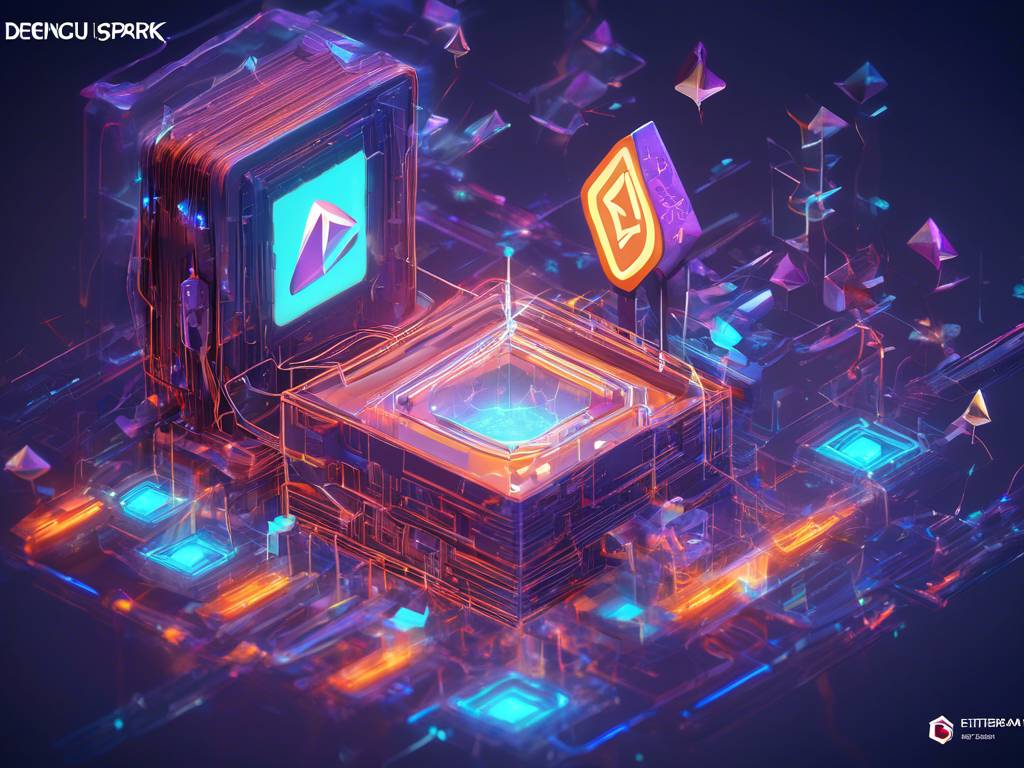🌟 Ethereum’s Dencun Upgrade Delivers on Promise of Lower Transaction Costs for Layer 2s 🌟
Yesterday’s Dencun upgrade on Ethereum has successfully achieved its goal of reducing transaction costs on Layer 2 chains. The implementation of EIP-4844, which introduced a new transaction type called blobs, has led to a significant drop in average transaction fees across major Layer 2 chains.
📉 Dramatic Reduction in Transaction Fees on Layer 2s
- Data from Layer 2 ecosystems such as Optimism, zkSync, and Starknet show a substantial decrease in transaction fees.
- The new blobs transaction type replaces the traditional “calldata” method, providing a more direct path to fee reduction.
In the Optimism ecosystem, including OP Mainnet, Base, and Zora, the median gas fees on Base have decreased from around $0.5 to about $0.0012 since the launch of Dencun. Similarly, average fees on Base now stand at $0.06. OP Mainnet has also experienced similar fee reductions.
On Starknet, Argent, one of the largest wallet providers on the network, reported that average fees for a swap on Starknet dropped from over $6.8 to $0.04 after the implementation of Dencun.
However, it’s worth noting that Arbitrum One, the most widely used Layer 2 solution, has not integrated with Dencun improvements yet. It plans to introduce blob support through its upcoming ArbOS upgrade.
💡 Blob Uploads and Potential Impact on Transaction Costs
- Over 3000 blobs have been uploaded so far.
- As more Layer 2 chains adopt blobs, competition for blob space is expected to increase, potentially leading to slightly higher transaction costs.
🔥 Hot Take: Dencun Upgrade Makes Layer 2s More Cost-Effective 🔥
The Dencun upgrade on Ethereum has delivered on its promise of reducing transaction costs for Layer 2 chains. By introducing the new blobs transaction type, Ethereum has provided a more efficient and cost-effective solution for conducting transactions on Layer 2s.
This upgrade is particularly significant as it addresses one of the key challenges faced by users and developers in the Ethereum ecosystem – high transaction fees. With lower fees, Layer 2 solutions become more accessible and attractive for users looking to leverage the benefits of scalability and faster transaction processing.
While there may be some potential impact on transaction costs in the future due to increased competition for blob space, the overall trend towards lower fees on Layer 2s is a positive development for the Ethereum community.
As Ethereum continues to evolve and improve its scalability solutions, we can expect further advancements that will enhance the user experience and make decentralized applications more affordable and efficient.





 By
By

 By
By
 By
By
 By
By
 By
By